Appearance Limit Standards
The standards for appearance defects differ based on the size of the magnets. For products where appearance is crucial or mechanical strength is important, specific limit standards are established and included in the product specifications. Additionally, due to their physical properties, magnets are considered breakable items, similar to ceramics and glass, making them prone to chips and dents. While it is impossible to completely eliminate these imperfections, they are generally acceptable unless there are large chips that affect the magnetic properties or if the surface treatment peels off, which could lead to corrosion.
| item | figure | size |
A mm |
B mm |
C mm |
Permissible # of Defects |
remarks | Passed | defective | ||
|---|---|---|---|---|---|---|---|---|---|---|---|
| Surface Chipping | 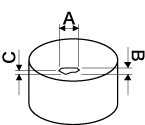 |
φ5 | ≦1.0 | ≦1.0 | ≦0.5 | ≦1 piece | Surface treatment must be applied to the chipped area. | 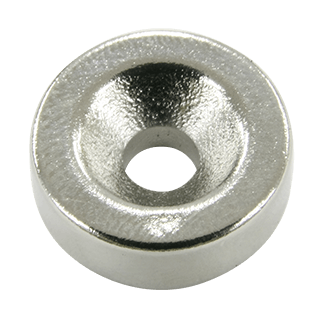 |
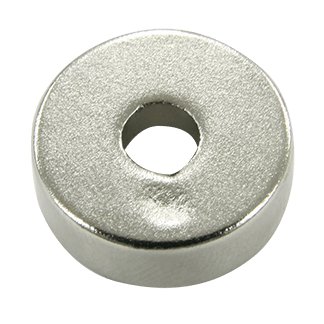 |
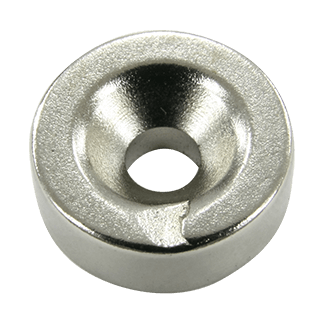 |
|
| φ10 | ≦2.0 | ≦2.0 | ≦1.0 | ≦1 piece | |||||||
| φ20 | ≦2.0 | ≦2.0 | ≦1.0 | ≦1 piece | |||||||
| φ30 | ≦2.5 | ≦2.5 | ≦2.0 | ≦1 piece | |||||||
| φ40 | ≦2.5 | ≦2.5 | ≦2.0 | ≦1 piece | |||||||
| φ50 | ≦3.0 | ≦3.0 | ≦2.5 | ≦1 piece | |||||||
| Side Chipping | 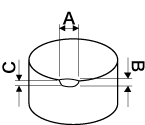 |
φ5 | ≦1.0 | ≦1.0 | ≦0.5 | ≦2 pieces | Surface treatment must be applied to the chipped area. | 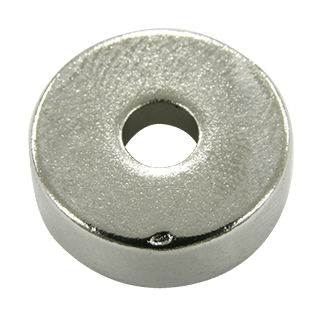 |
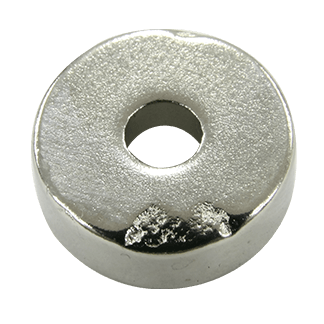 |
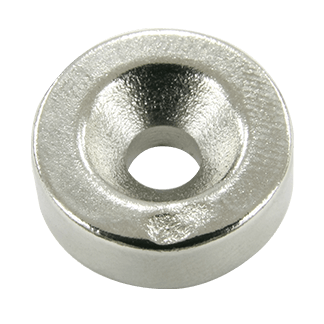 |
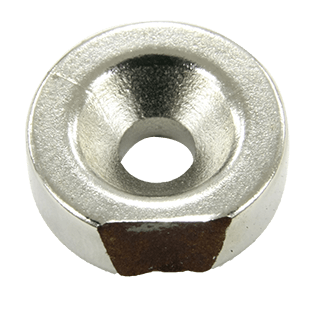 |
| φ10 | ≦2.0 | ≦2.0 | ≦1.0 | ≦2 pieces | |||||||
| φ20 | ≦2.0 | ≦2.0 | ≦1.0 | ≦2 pieces | |||||||
| φ30 | ≦2.5 | ≦2.5 | ≦2.0 | ≦2 pieces | |||||||
| φ40 | ≦2.5 | ≦2.5 | ≦2.0 | ≦2 pieces | |||||||
| φ50 | ≦3.0 | ≦3.0 | ≦2.5 | ≦2 pieces | |||||||
| Pinhole | 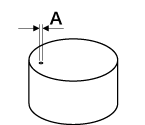 |
all | ≦0.5 | - | - | ≦2 pieces | Surface treatment must be applied to the pinhole area. | ||||
| Scratches and streaks | Scratches that can be caught with a fingernail are not allowed. | Surface treatment must be applied to areas with scratches and streaks. | 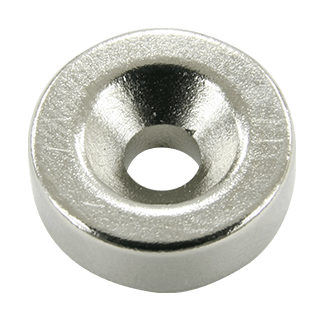 |
||||||||
| crack | All not allowed | Determining whether it is a crack or a streak | 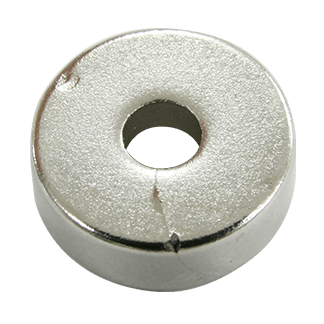 |
||||||||
| Discoloration | No discoloration due to rust, no blistering or peeling of paint |
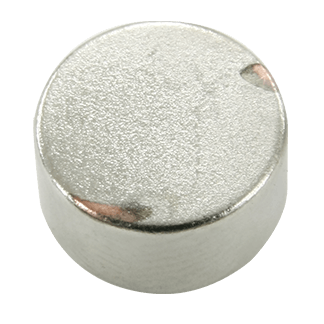 |
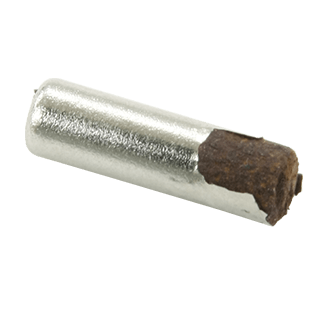 |
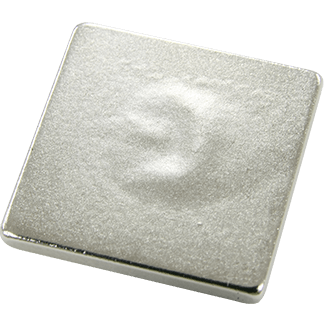 |
|||||||


